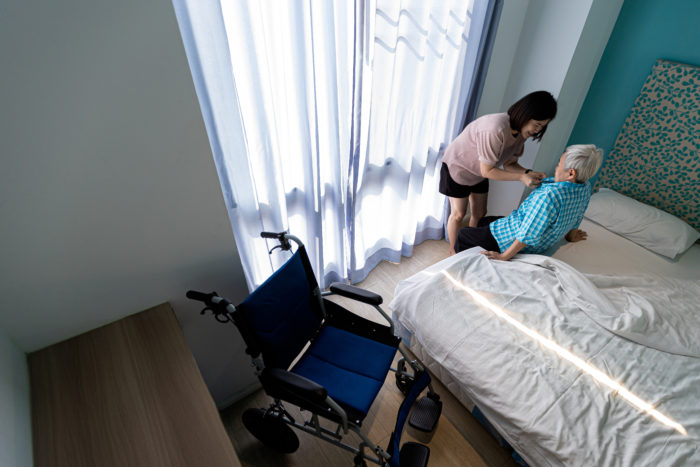The number of Americans living with Alzheimer’s disease is growing – fast.

More than 6 million people in the United States are living with Alzheimer’s, a progressive brain disease that slowly destroys memories and thinking skills. The disease now contributes to more deaths than prostate and breast cancer combined. By 2050, it could affect more than 12 million older adults.
A Challenging Disease with No Cure
Of the top 10 causes of death, Alzheimer’s disease is the only one with no known cure. There are, however, FDA-approved medications to help slow disease progression, manage behavioral symptoms and allow patients to maintain mental function. Early diagnosis can increase the chances of benefitting from available treatments yet diagnosing the disease can sometimes be a challenge.
Meanwhile, more than half a dozen drugs to treat Alzheimer’s disease and its symptoms are in various stages of development. New diagnostic tests are also available to better identify early signs.
The Caregiving Perspective
The disease affects patients in ways that leave them needing support, often from multiple caregivers. More than 16 million Americans provide billions of hours in unpaid caregiving for those with Alzheimer’s disease and related dementias each year.
The slow progression of the disease means that caregivers of Alzheimer’s patients are needed for a longer duration than caregivers of people with other conditions. More than half of Alzheimer’s caregivers expect to have responsibilities for four years or more.
Caregivers for people with Alzheimer’s disease experience higher rates of physical strain, emotional stress and depression than other caregivers. They also make significant financial contributions toward their loved ones’ care. Caregivers and families commit upward of $76 billion in out-of-pocket spending – a significant portion of the projected $355 billion the nation will spend on caring for people with Alzheimer’s and other forms of dementia in 2021.
Elevating the Issue
Alzheimer’s disease is devastating for patients, taxing for the loved ones who provide long-term emotional and financial support, and costly to the nation’s health care systems. With an aging nation and diagnoses expected to rise, more and better treatment options are needed.

